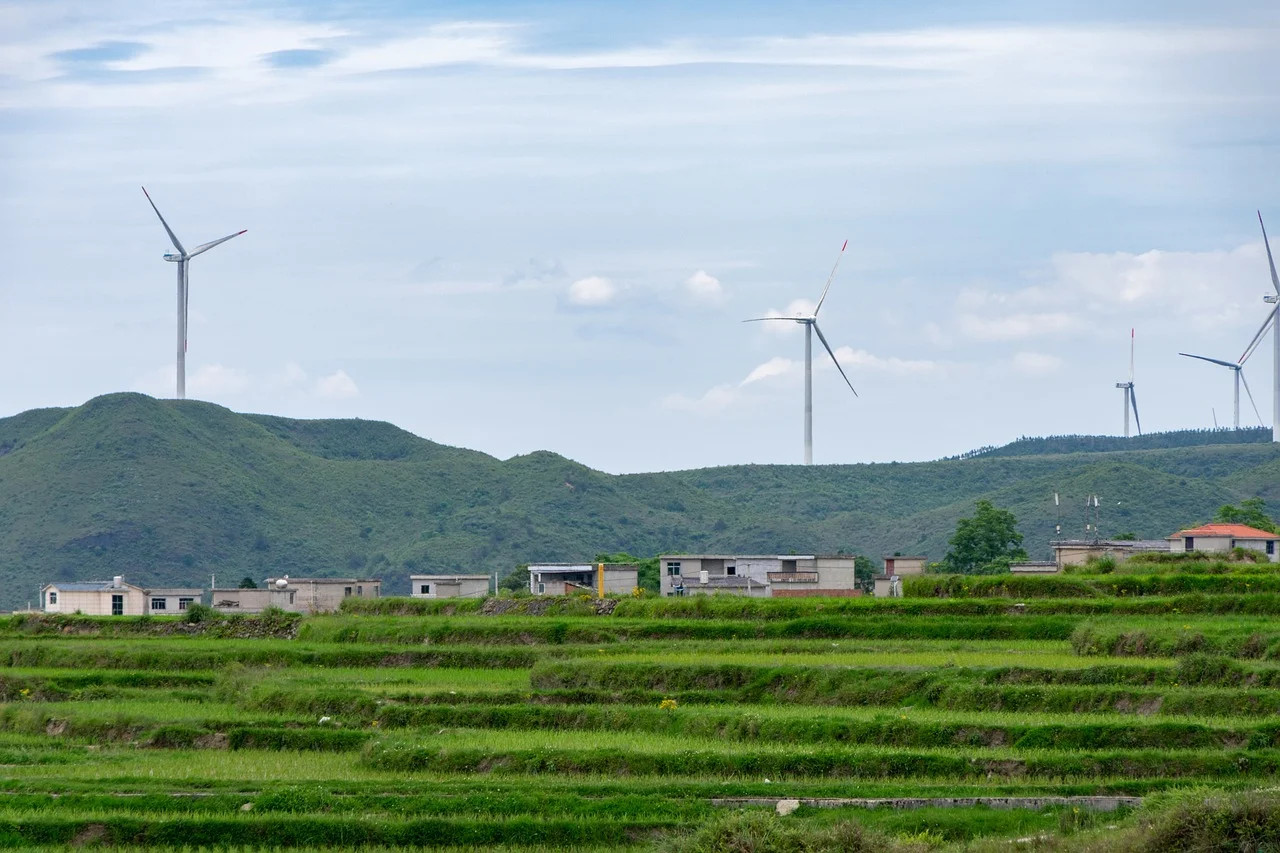
Unlocking the Potential of Responsible Research and Innovation: How Digitalisation Drives the Twin Transition
Key Takeaways:
As the world confronts unprecedented challenges related to sustainability, social well-being, and economic growth, the concepts of responsible research and innovation (RRI) have gained significant attention. RRI involves engaging stakeholders, including scientists, policymakers, business leaders, and citizens, in the research and innovation process to address societal needs in a responsible and inclusive manner.
In today’s digital age, where technology influences every aspect of our lives, digitalisation has emerged as a critical enabler of responsible research and innovation. By harnessing the power of digital technologies and data, we can drive sustainability, facilitate the transition to a green and digital economy, and meet the United Nations’ Sustainable Development Goals.
The Role of Digitalisation in Responsible Research and Innovation
Digitalisation, characterized by the pervasive use of digital technologies, has revolutionized industries, transformed economies, and profoundly impacted our daily lives. From artificial intelligence and big data analytics to internet of things and cloud computing, digital technologies have opened up new avenues for research, innovation, and collaboration.
One of the most significant contributions of digitalisation to responsible research and innovation lies in its ability to enhance productivity and efficiency. Research and development processes that were once time-consuming and resource-intensive can now be streamlined through the use of digital tools and platforms.
For instance, data analytics and machine learning algorithms can analyze vast amounts of research data, identifying patterns and insights that would have been nearly impossible for humans to discover alone. These technological advancements empower researchers to make breakthroughs and accelerate the pace of innovation.
Moreover, the digitalization of research institutions and laboratories enables real-time collaboration among teams spread across different locations. Through virtual meetings, document sharing, and project management platforms, researchers can collaborate seamlessly, eliminating geographical constraints and enhancing knowledge exchange.
Boosting Sustainability with Digitalisation
Sustainability lies at the core of responsible research and innovation. By leveraging digitalisation, we can amplify our efforts to achieve a sustainable future. Here are some key ways digitalisation drives sustainability:
1. Environmental Monitoring and Conservation
Digital technologies enable real-time environmental monitoring and data collection, which plays a crucial role in environmental conservation. By leveraging internet of things (IoT) sensors, researchers and policymakers can monitor air quality, water pollution, and ecosystem health with greater accuracy and efficiency.
For example, IoT sensors placed in forests can provide real-time data on temperature, humidity, and pollution levels, allowing rapid responses in case of wildfires or illegal logging. The data collected can also facilitate evidence-based policymaking to protect and conserve the environment.
2. Renewable Energy and Energy Efficiency
Digitalisation facilitates the integration of renewable energy sources into the power grid and enhances energy efficiency. Through smart grids and advanced metering infrastructure, energy production and consumption can be optimized in real-time.
Advanced algorithms can analyze weather forecasts, energy prices, and demand patterns to ensure optimal operation of renewable energy systems, reducing reliance on fossil fuels and minimizing greenhouse gas emissions.
3. Circular Economy and Waste Management
The transition to a circular economy, where resources are recycled and reused, is crucial for achieving sustainability goals. Digital technologies play a significant role in facilitating circularity and efficient waste management.
By leveraging the internet of things, blockchain, and data analytics, waste can be tracked, monitored, and managed more effectively. Intelligent systems can identify the most efficient routes for waste collection, optimize recycling processes, and minimize landfill waste.
Enabling the Twin Transition: Green and Digital
Responsible research and innovation must address the twin transition—the simultaneous transformation towards a green and digital economy. Digitalisation plays a pivotal role in driving this transition by:
1. Empowering Research and Development
Digital technologies have transformed the research landscape, empowering scientists and innovators to explore new frontiers and tackle complex challenges. High-performance computing, simulation tools, and big data analytics enable researchers to model and test ideas, optimize designs, and develop innovative solutions.
For example, researchers in renewable energy can use simulation tools and machine learning algorithms to optimize the design of wind turbines, improving their efficiency. Likewise, pharmaceutical companies can leverage computational models and AI algorithms to accelerate the development of new drugs.
2. Enhancing Productivity and Efficiency
Digitalisation enhances productivity and efficiency across industries, driving economic growth while minimizing environmental impact. Automation, robotics, and AI-powered technologies streamline processes, reduce waste, and increase productivity.
For instance, in manufacturing, digital technologies enable predictive maintenance, optimizing equipment performance and lifespan. In agriculture, precision agriculture systems equipped with IoT sensors and AI algorithms can optimize irrigation, reduce pesticide use, and boost crop yields.
3. Fostering Innovation and Collaboration
The digital age has enabled unprecedented opportunities for collaboration and knowledge exchange. Digital platforms and networks bring together researchers, innovators, businesses, and policymakers from diverse backgrounds and regions. This multidisciplinary approach fosters innovation and accelerates the twin transition.
Companies can leverage open innovation platforms and crowdsourcing to tap into a global pool of ideas and expertise. Governments can establish digital innovation hubs to facilitate collaboration between academia and industry. These collaborative initiatives enable the sharing of knowledge, resources, and best practices, promoting sustainable innovation on a global scale.
Frequently Asked Questions
Conclusion
Responsibility, innovation, and digitization are the three pillars that will shape the future of sustainable development. The twin transition towards a green and digital economy hinges on our ability to leverage digitalisation to drive responsible research and innovation.
By integrating digital technologies into the research and innovation process, we can enhance productivity, boost sustainability efforts, and foster collaboration among stakeholders. The power of responsible research and innovation lies in its ability to address societal challenges while driving economic growth and well-being.
Source: insidertechno.com